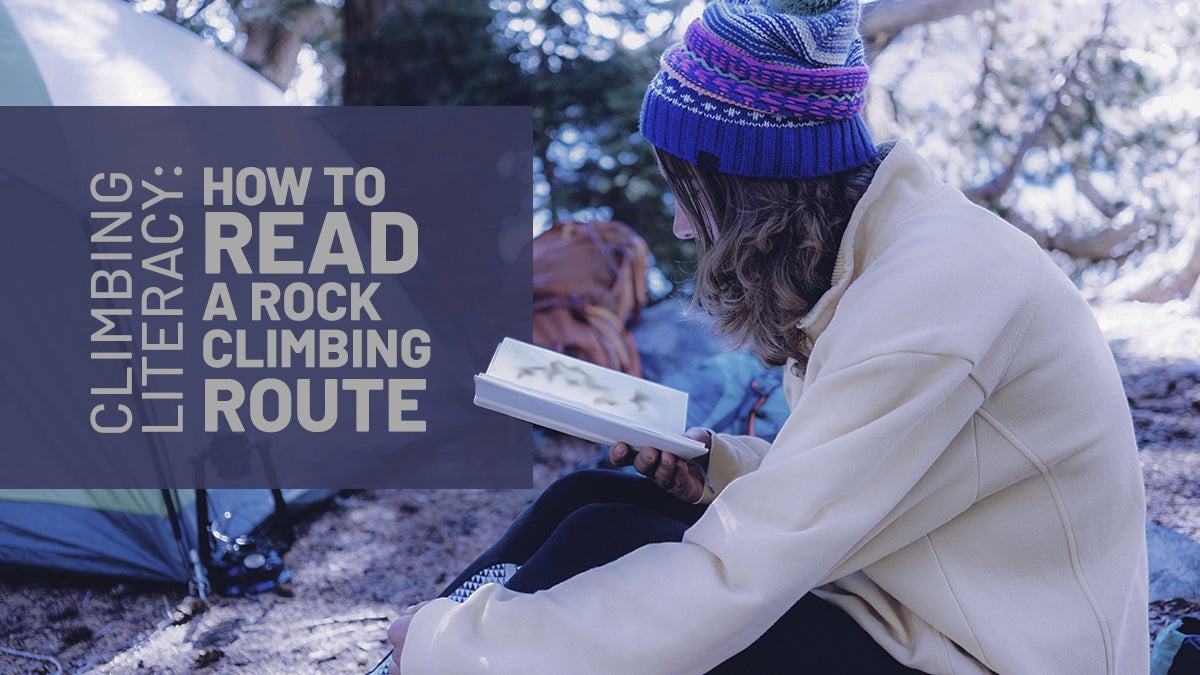Climbing Literacy: How to Read a Rock Climbing Route

Like any sport, climbing takes a specific development of skills and training. You engage physically with your limitations before you hit the wall or rock.
You wouldn’t approach a surface if your hand were numb, and you shouldn’t if your mind was blank. While freestyling and climb-as-you-go are good ways to have fun, a severe climber needs mental focus.
Learning to read a rock climbing route involves picking up some techniques and jargon. You don’t need to spout technical jargon or quote the Yosemite Decimal System, but you want to be understood.
This guide will give you the basics to practice to build your techniques and shorthand.
Route Lexicon
Like most activities, breaking down a task makes it easier to understand. Knowing how to walk through all the steps helps you see the whole picture. This becomes doubly important when working with a partner.
Route Scouting
The skills needed at a climbing wall and a rock face differ slightly. While the holds in a rock climbing gym may be easier to see, seeing the best ones for your level is something else.
You must separate a good useful rock from a lousy rock on a rock face. So in both cases, you take what looks similar and decide what works for you.
You want to consider the starting and end points and draw a mental line between them. This line will not be the shortest, but it best fits your climbing skill.
Hand and Foot
Next, you identify your two main holds: hand or foot.
A handhold will be more massive and have some ability to hook or grasp. Round surfaces don’t work well with human gripping capacity.
Footholds can be smaller and rounder. Feet are better at supporting a lot of weight on small surfaces because the rest of the body has mechanisms that help this.
If you hit a popular rock in the wild, it will likely have the same markings as a climbing wall. The hand holds will have some chalk residue, and the footholds will have shoe scuffs.
Key Holds
Next, you want to plan your key holds. These will be places you need to hit for specific purposes.
You need to spot places to rest and areas where more significant moves are required. Ideally, you want to find rest before big moves.
Even on a small climb, resting can be essential to discourage muscle pain.
Beta Ready
Once you plan the route, you review the information and confirm it is possible. Many climbers call this the ‘beta’ stage, where you have enough information to run a trial.
This stage allows you to convey the information to others and replan in case of a failure.
Join the Fun
You must start practicing if you are interested in climbing as exercise or a drive to be a renowned climber. Learning how to put together a rock climbing route is only one step.
For other steps, consider scheduling a class to up your climbing acumen.




